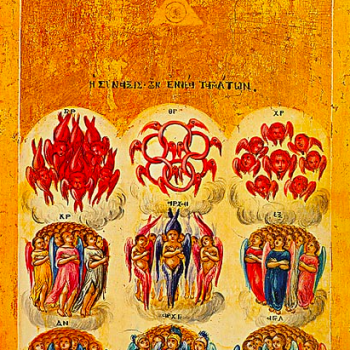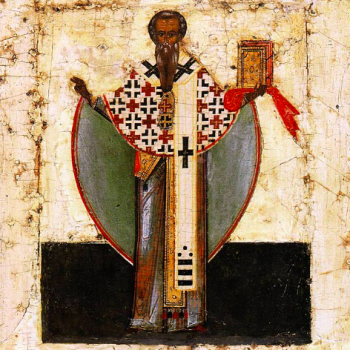Introduction in Defense of Everything Else
Because people keep running their mouths and bugging me on Twitter, I am at last following through on my long-standing threat to write a whole post about Gnosticism. You (yes, you personally, dear reader) are at fault for this, and if the problem persists, I may wind up writing a whole series on historic heresies and their relevance (or lack thereof) to modernity.
What Is Gnosticism?
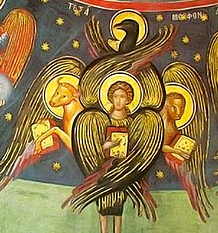
Gnosticism is a loose, collective term for a variety of religious systems from the second and third centuries. They originated mostly in the eastern Mediterranean and its environs—a territory lying more or less amid modern Egypt, Iran, Uzbekistan, and Greece. The looseness and variety of the term is key; there were many incompatible versions, with differing beliefs, ethics, and community structures. In some ways, the term Gnostic is a little like New Age—a mood more than a creed.
Conventionally, scholars have interpreted Gnosticism as a Christian heresy, or as a form of Christianity that was eventually rejected (and therefore labeled heretical) by the mainstream Church. However, some forms of Gnosticism may predate Christ, and the “mood” certainly existed before the Church did; a lot of it appears in the Dead Sea Scrolls. Many forms of Gnosticism regarded Jesus as the, or a, savior-figure, but some did not—the only definitely Gnostic religion that survives today, Mandæism, considers Jesus an apostate.
The salient marks of most kinds of Gnosticism were these:
- Moral and material dualism
- Complex theogonies
- Rejection of the Incarnation (in varying forms)
- Salvation by some type of secret knowledge (gnōsis in Greek)
- Extremist ethics, usually ascetic
All of these call for some unpacking.
Gnostic Metaphysics
Dualism can mean a few things. In this context, it tends to mean a picture of the universe that’s divided into two halves: good and evil, light and darkness, that sort of thing. These two halves are typically at war with each other, and this war is to culminate in a final Armageddon of some kind. This is one of the big features of apocalyptic literature, which flourished among the Jews during the Second Temple period (516 BC–AD 70); several books of the Bible, such as Zechariah, Daniel, and of course Revelation, are apocalypses or are influenced by apocalyptic thought.1
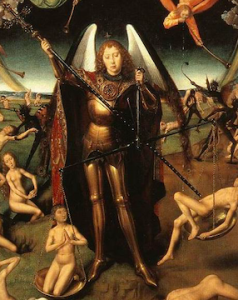
Weighing Souls on Judgment Day by Hans Memling, ca. 1466-1473
Gnosticism goes a step further. Apocalyptic thought features moral dualism; Gnosticism typically extends this dualism to its metaphysic: matter, as such, is base or even evil. The material world is the product not of the Father of all spirits, but of a demiurge, a spirit powerful enough to create matter but somehow blind to its frailty and corruption.
The demiurge is not the only spirit to fall into darkness, however. There are usually at least a few dozen important spirits, chains of emanations from the purest godhead down to the demiurge and sometimes further. Additionally, divine sparks were also scattered among humanity—these are the souls of the elect, who are capable of salvation. (In many forms of Gnosticism, only a fraction of humanity possesses this spark, and most people are incapable of spiritual enlightenment.)
The Gnostic Savior
As mentioned above, most forms of Gnosticism featured some messianic figure, and frequently but not always recruited Christ for the role. However, there is this key difference: Christ may be the savior, but the savior is never incarnate. At most, he assumes a human form, temporarily. But there is no true incarnation virginal or otherwise, no Passion,2 and no death—and as a corollary, no resurrection. The Gospels (when they were not dismissed or replaced altogether) received a few alternate Gnostic headcanons. Sometimes, Jesus was a real human and the Christ-spirit descended on him at baptism, departing some time around the arrest in Gethsemane. In a few tellings, Christ mysteriously escaped and some other person was crucified in his place, Judas being a popular choice.
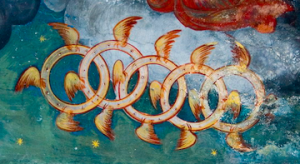
But, identity and other details aside, what was this messiah saving the elect from? Primarily, embodiment, and the ignorance that came with it. The hope of the Gnostic is not to receive bodily resurrection in a renewed cosmos, as it is for the Christian. Rather, the Gnostic wishes to escape the material world permanently, more akin (remotely) to the Buddhist or to some schools of Hinduism. In some versions, there is also a larger host of hostile spirits called the archons, who are allies of the demiurge and rule the planets, by which they seal souls into the material realm.
Gnostic Praxis
Asceticism was typical of Gnostics. Since sex is how material creation increases, not only among humans but animals as well, celibacy and vegetarianism were two of the most common types of asceticism—which was (and is) also true in other religions, for different reasons. A few Gnostic sects took the opposite tack, either in general or at least with the “lower rung” of believers: since the body was corruptible and transient anyway, what you did with it didn’t matter, so leading a hedonistic life was perfectly acceptable.3
The “secret knowledge” they had meant, in some versions, mysteries and allegories handed down from the Apostles separately from the main body of Christians. Whether it meant that or not, it normally included the intricate cosmologies and genealogies of spirits that particular Gnostic sect believed in. Sects that believed in the archons claimed to have magical passwords and incantations that the practicing Gnostic would use after death to force the archons aside.
Gnosticism and Modernity
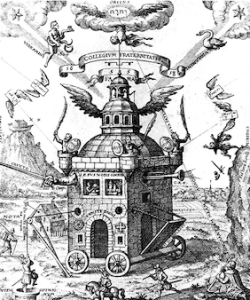
As I said, Gnosticism was principally a second- and third-century phenomenon. Several subsequent movements, like the Manichees or the medieval Cathari, had similar beliefs, and there are some far-fetched but not impossible theories that they were fresh expressions of a Gnostic tradition that had survived underground. More probably, they drew on similar sources at most, or are simply examples of “parallel evolution”; humans in general seem prone to developing belief systems like this, which satisfy our intellectual “taste” for things like intricacy, austerity, and the thrill of being in on a secret.
But still, what does any of this have to do with modern belief systems? Well …
Footnotes
1It’s widely thought that apocalypticism, and Judaism more generally, were impacted during and after the Babylonian Exile by the Zoroastrian religion of Persia. This is a dualist religion. The good deity of light and truth, Ahura Mazda, is in a cosmic war with the evil deity of darkness and deceit, Angra Mainyu; Ahura Mazda will ultimately triumph. Zoroastrianism has a large hierarchy of semi-divine beings beneath Ahura Mazda—the hierarchies of angels in Second-Temple Jewish and primitive Christian theology probably owe something to this Zoroastrian belief. Later Gnostic-like religions, notably Manichæism,3 sometimes drew on Persian sources as well.
2The Gnostic distaste for the Passion seems to have been precisely that, a distaste; they considered it indecent and ridiculous to imagine a pure spirit suffering. To get some notion of how they felt, we might compare our feeling on hearing those garbled and heretical versions of the Annunciation in which some divine or angelic person, ah, engages with the Blessed Virgin to effect the conception of Jesus.
3Manichæism was a Gnostic-like religion, founded in third-century Persia and spreading into the Roman Empire by the fourth, which had this same two-tiered system. Credentes (“believers”) were the lesser body of the faithful, who served the needs of the perfecti (“the perfect” or “the complete”); the credentes could be libertines, while the perfecti lived as ascetics. St. Augustine, during his period of straying from the Christianity of his youth, was a Manichee for some time, which accommodated his sexual indiscretions.




